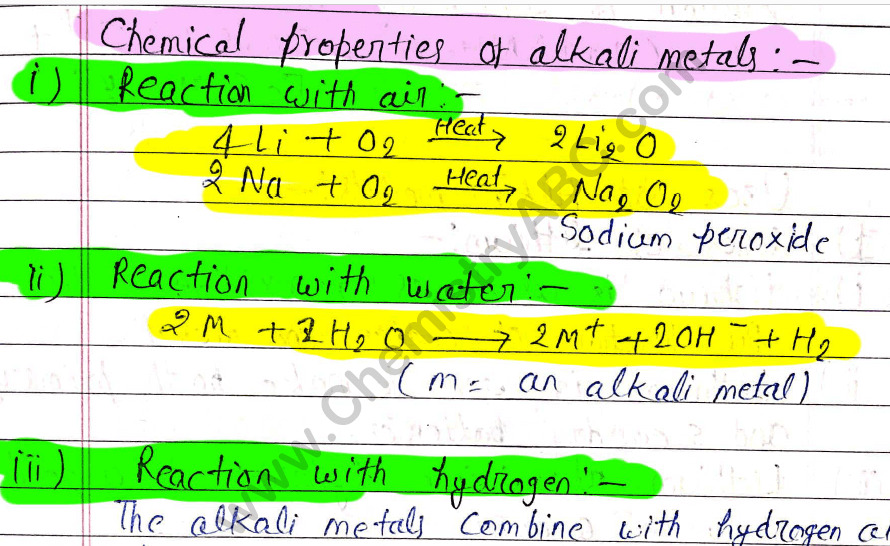What is Sodium Bicarbonate?
Sodium bicarbonate, also known as sodium hydrogen carbonate, boasts a distinctive monoclinic crystalline structure. Its historical roots trace back to Nicolas Leblanc, a French chemist, who first synthesized sodium carbonate in 1791. Fast forward to 1846, when Austin Church and John Dwight, renowned bakers in New York, established the inaugural factory dedicated to producing baking soda. This versatile chemical compound typically presents as a white, solid crystalline powder, composed of sodium ions and bicarbonate ions, with a molecular formula of NaHCO3. Notably, it qualifies as a weak base and is commonly recognized as “baking soda,” widely employed in culinary endeavors, boasting a pH value of approximately 8.31.
Properties of Sodium Bicarbonate:
Chemical Formula: NaHCO3
Molecular Weight/Molar Mass: 84.0066 g/mol
Density: Solid Form – 2.20 g/cm3; Powder Form – 1.1 – 1.3 g/cm3
Boiling Point: 851 °C
Melting Point: 50 °C
Additional Properties:
Sodium bicarbonate exhibits a distinctive white, crystalline appearance.
It is insoluble in ethanol and exhibits slight solubility in methanol and acetone.
At 20 degrees Celsius, its water solubility reaches 96 grams per liter.
Crystallization of sodium bicarbonate occurs within a monoclinic crystal lattice.
Structure of Sodium Bicarbonate (NaHCO3):
Sodium bicarbonate molecules consist of a sodium cation and a bicarbonate anion. An ionic bond forms between the positively charged sodium ion and the negatively charged oxygen, which is singularly bonded to the central carbon and remains unbound to a hydrogen atom.
Diverse Applications of Sodium Bicarbonate:
Pest Control: Employed for the eradication of cockroaches and management of fungal growth.
Disinfectant: Utilized as a disinfectant agent.
Personal Care: Acts as an effective deodorant, shielding against unpleasant odors and irritation in armpits.
Cooking: A staple in culinary endeavors, prominently used for baking various food items.
Medicine: Administered intravenously to mitigate chemotherapy side effects.
Kitchen Hygiene: Leverages its antibacterial properties for cleaning kitchen utensils and surfaces.
Oral Care: Used to maintain oral hygiene, ensuring clean teeth and a fresh mouth.

